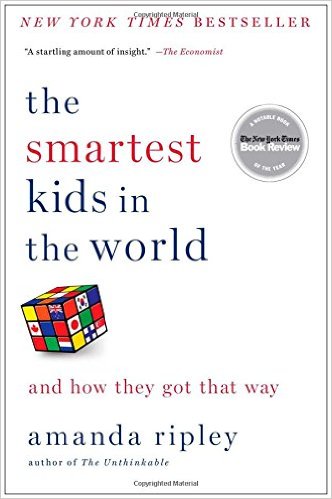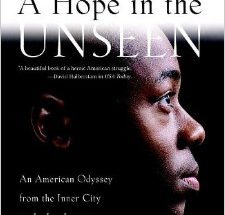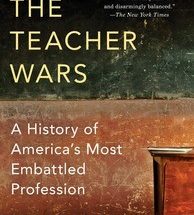
Tracy Kidder’s 1989 book “Among Schoolchildren” takes readers to a place that doesn’t usually offer full access: our children’s classrooms. Set in the old mill town of Holyoke, Mass., the book chronicles an entire school year with teacher Chris Zajac and her fifth-grade students. Kidder documents their hardships and successes.
The 34-year-old Zajac taught a racially diverse class. Half of her students were Puerto Rican, a new immigrant group then establishing itself in the low-income neighborhood called the Flats. Her students were economically diverse as well. Poor children from single-parent homes in the Flats rubbed elbows with wealthy kids who came from the Highlands neighborhood of Holyoke.
There was tension between the Irish inhabitants of the town who had been living in Holyoke for generations and were now moving out of the Flats and the new wave of immigrants from Puerto Rico. This tension often unsettled Zajac, who was saddened and angry over bigoted comments made towards her new students, even by some teachers.
Right from the start, we are made aware of the enormous challenges Zajac faced. Half of her 20 students didn’t know the name of the country they lived in. A particularly stubborn student named Clarence told her he hated her for making him stay after school when he didn’t turn in his homework. Every day was a constant back and forth between Zajac and Clarence. But he was not the only one making trouble. Another student, Felipe, was a notorious attention-seeker; Robert was always playing with his pens or various body parts and never lost an opportunity to insult others. But then there were star students like Judith, a precocious and intelligent young Puerto Rican girl, who always knew just the right thing to say or do to make Zajac feel better. Zajac had a reputation for being tough. Though her students might complain, they inevitably saw her as fair and understood that she truly cared about them. And despite how frustrated she became with her students, Zajac always felt guilty afterwards.
Through Kidder’s engaging prose, we are able to penetrate Zajac’s mind. We are there when she awakes at 3 a.m. to remember to change a talkative student’s seat; we are sitting with her in her living room as she beams while reading Alice’s essay because the girl scored a 96, and we can feel her conflicted emotions when Clarence — whom she had recommended for a special class — finally has to leave. She doesn’t want him to go, but at the same time he might get more individualized help in a smaller class even though the special classes don’t have the best of reputations. We are with Pam Hunt, the teacher-in-training, when Zajac is advising the novice teacher to never lose her temper because it gives students the feeling that they are in control of the classroom.
All the while, Kidder peppers in education studies and policies to put Zajac’s profession in context. For example, he mentions a high teacher turnover rate in the U.S., reaching almost 50 percent in some areas of the country. He discusses how teachers are not accorded the same status in society as other professionals though their jobs are very difficult. These are all topics that lead to never-ending discussions even 20 years later. Once when taking us into Zajac’s mind for the umpteenth time, he momentarily dwells on why students sometimes can have learned how to read a word without understanding what it means and how to use it, an issue recently addressed by education writer Peg Tyre in her article “A Writing Revolution.”
Kidder’s extensive reporting shines through the whole book. He discusses the home life of several students even to the point of discussing their great grandfathers in Puerto Rico and moving forward to when Zajac was a school student herself growing up in different Holyoke at a different time. Yet, he is able to intertwine the past, the present, and even a little of the futures of all his characters to tell a true, compelling, and inspirational account of what it means to be both a teacher and student in an inner city school. His insights still apply today.



